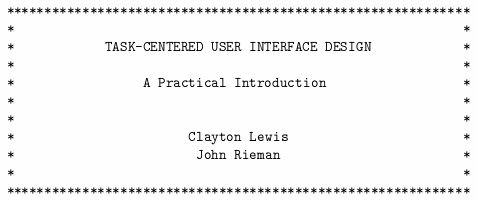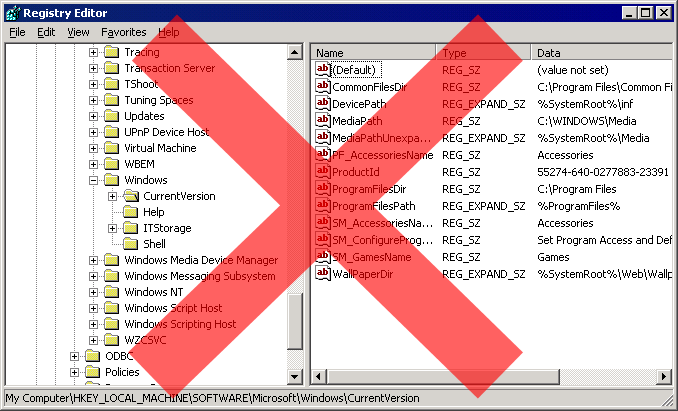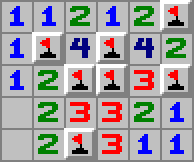storage
Gigabyte: Decimal vs. Binary
Everyone who has ever purchased a hard drive finds out the hard way that there are two ways to define a gigabyte. When you buy a “500 Gigabyte” hard drive, the vendor defines it using the decimal powers of ten definition of the “Giga” prefix. 500 * 109 bytes = 500,000,










